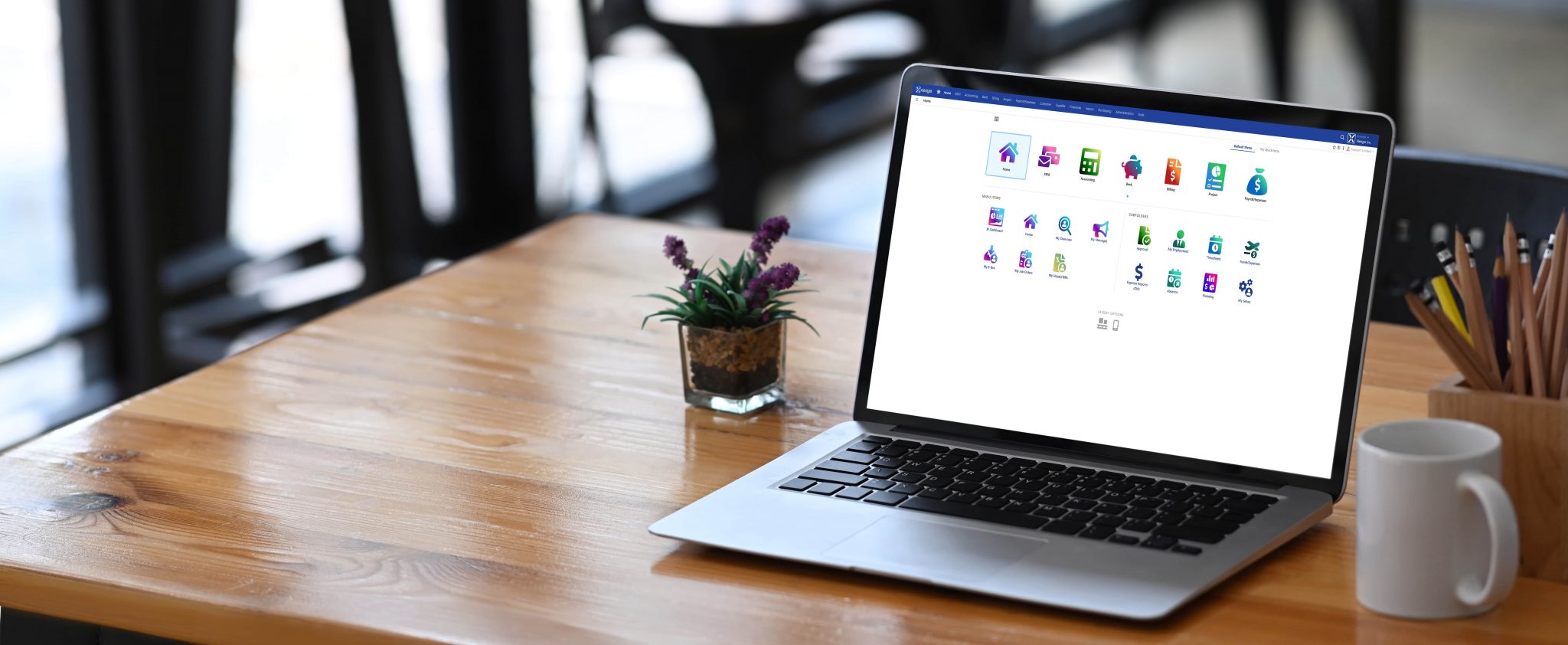When we talk about business intelligence, we think of analytic tools, techniques for knowledge workers. But those knowledge workers have become a valuable commodity, and few organizations can afford them (or enough of them).
But what if by business intelligence, we mean your use of tools to obtain financial insight?
In this view, any user can and does wield insight. This means that organizations should consider the users and archetypes their employees represent. Because insight assumes that you have some, to begin with, and maximizing the scope of information your users get should ready your organization for any additional spend on data and analytics.
Tools can create a list of expectations, checklists for each system. But users bring them home and force executives to evaluate how well their insight works.
The Tools for Business Insight
- Remote access and a good smartphone app. These are essential for cloud applications, and none that you consider should be without them. However, some cloud providers deliver remote access more quickly and with minimal load times
- Trend patterns. High-level users should have the ability to identify patterns. How did profits perform in a particular area? How productive has the sales team been?
- Drill-down and Drill-Through: These refer to systems where the user can drill down to the invoice level or drill through multiple layers for a 360° view of the data. Users should have the ability to drill-down or drill-through from nearly any screen in the system
- Charts and graphs. This is an element of Drill-Through. The user can drill through multiple layers for a 360° view of the data. Available sequences should include heat maps, pivot tables, pie and bar charts, and more
- Alerts and notifications. Such alerts can intersect with variables. Set a notification, including for a particular user, to act when a variable reaches a specific level
- Metadata and audit trails. These are the dimensional aspects of a transaction. When? Where in the system? Who submitted and approved it? Anyone conducting an audit will appreciate full, auto-generated audit trails including behavioral and event tracking
- What if scenarios. Suppose that you need to know whether a delay in delivery would impact your customer retention. A what-if scenario pairs known factors in new situations. This will likely involve higher roles within the system
- Dashboards. Dashboards should enable users to answer their most urgent questions. They should work cleanly and efficiently for both basic and advanced users
- Pre-built and custom reports. Managers and higher roles should have access to a combination of pre-defined reports and those customizable for user needs
- Inquiry. This is where the range between systems splits the farthest. Inquiries are database searches, although the inquiry process can involve much more. For instance, Xledger uses a type of ready-made flex screen to capture the entire inquiry process: retrieval, presentation, analysis, and export
The Types of Business Users
A. The Everyman
This could be a salesperson, a warehouse stocker, a customer support agent, etc. Think of an employee whose intersection with the system hinges on quick access to time and expense entry. They will need seamless, remote access and a functioning smartphone app. They will appreciate skins, changes to the look and feel of the solution; dashboards, immediate access to indicators concerning to them, and above all speed, the ability to finish their work as quickly as possible.
B. The Hero
The Hero might include the manager of a project or department, of fundraising or marketing or the member of an in-country team. They serve both over and under. Serving under, their obligations include time and expenses, look and feel, remote and smartphone access, and dashboards. Serving over, their insight needs expand: to a team, to responsibility for a budget and a timeline, to drill-down and drill-through, to trend patterns, to charts and graphs, to richer dashboards, and to the first stages of reports and inquiries.
C. The Sage
Here the scene changes to the individuals behind it: the auditors and IT specialists and board members. Auditors and IT specialists will have a particular emphasis on the audit trail, behavioral tracking that logs users and event logs by date and time. Board members require dashboards and may ask to see inquiries and audit trails. So the Sage requires these components: trend patterns, drill-down and drill-through (charts and graphs), metadata and audit trails, dashboards, what-if scenarios and inquiries.
D. The Ruler
This is the C-Suite, the CEOs, and CFOs. As decision-makers, most executives have relied on finance to handle the numbers, provide them with tailored insight. Of course, analytically-minded CXOs like CFOs and CIOs have always maintained a closer tab on their departmental analytics.
However, the C-Suite can wean itself almost entirely off the finance function with their own set of dashboards. In the right finance solution, CXOs can find dashboards that deliver their needs at the appropriate level and from as many surfaces as possible, bringing multiple panes into focus while drilling in and out without excessive delay. This raises the Ruler’s requirements to the following: remote access, a good smartphone app, drill-down and drill-through (charts and graphs), dashboards, trend patterns, notifications, meta data and audit trails, what-if scenarios, custom reports, audit trails, and inquiries.

An Example
Xledger draws these tools together and frames them for the user’s needs. We provide a solution with remote and smartphone access. Our tools work from data loaded onto the internet browser, which performs even in low-broadband areas. Users can tailor the look and feel of the system through skins—five aesthetic preferences switchable on every screen. Xledger targets its dashboards for two purposes: a bulletin board from which basic users can glean the information they need, and a cockpit from which advanced users can answer questions without leaving a single screen. We also furnishes authorized users with a suite of nearly 300 reports and enable them to configure their own. Users can identify trends in pivot tables and via Xledger Report Writer. Xledger’s inquiries provide ready-made interfaces, single-screen features that enable users to perform all stages of the inquiry process at once and in one screen: from immediate retrieval through bar graphs and heat maps to seamless Excel export.
Xledger provides market-leading finance functionality to 15000+ organizations in 60+ countries. Trusted by globally trusted audit firms BDO and PwC, Xledger automates and delivers insight into more accounting processes than any competitor. Both IDC and Gartner have recognized Xledger as a provider in the market for financial management software—IDC as a major player and Gartner as a representative vendor.



